from maryturnerproject.org

In May of 1918, Hampton Smith, a 31 year old White plantation owner in Brooks County, Georgia was shot and killed by one of his Black workers named Sydney Johnson. Hampton Smith was known for abusing and beating his workers to the point few people in the area would work for him. To solve this labor shortage, Smith turned to the debt peonage system of the day and found a ready labor pool. He used that system by bailing people out of jail, people typically arrested for petty offenses, and having them work off their debt (the bail money) to him on his plantation. Nineteen year old Sydney Johnson, arrested for "rolling dice" and fined thirty dollars, was one such unfortunate person.
After a few days of work on Smith's plantation, and shortly after being refused his earned wages and beaten by Smith for not working while he was sick, Sidney Johnson shot and killed Hampton Smith. What ensued after the shooting was a mob driven manhunt for Johnson and others thought to be involved in his decision to kill Hampton Smith. That manhunt lasted for more than a week and resulted in the deaths of at least 13 people with some historical accounts suggesting a higher number of persons killed. One of the people killed was a woman named Mary Turner.
Twenty year-old Mary Turner (m.n. Hattie Graham), 8 months pregnant at the time and whose husband had been killed in this "lynching rampage" on Sunday, May 19th, publicly objected to her husband's murder. She also had the audacity to threaten to swear out warrants for those responsible. Those "unwise remarks," as the area papers put it, enraged locals. Consequently, Mary Turner fled for her life only to be caught and taken to a place called Folsom's Bridge on the Brooks and Lowndes Counties' shared border. To punish her, at Folsom's Bridge the mob tied Mary Turner by her ankles, hung her upside down from a tree, poured gasoline on her and burned off her clothes. One member of the mob then cut her stomach open and her unborn child dropped to the ground where it was reportedly stomped on and crushed by a member of the mob. Her body was then riddled with gunfire from the mob. Later that night she and her baby were buried ten feet away from where they were murdered. The makeshift grave was marked with only a "whiskey bottle" with a "cigar" stuffed in its neck.
Three days after the murder of Mary Turner and her baby, three more bodies were found in the area and Sydney Johnson was killed in a shoot out with police on South Troup Street in Valdosta, Georgia. Once killed, the crowd of more than 700 people cut off his genitals and threw them into the street. A rope was then tied to his neck and his body was drug for nearly 20 miles to Campground Church in Morven, Georgia, 16 miles away. There, what remained of his body was burned. During and shortly after this chain of events it is reported that more than 500 people fled Lowndes and Brooks Counties in fear for their lives.
Some may ask, why bring up "the past" and these atrocities now? "It happened so long ago." We think we should bring these crimes up and face them for many reasons. We should bring them up to acknowledge the lives lost, along with the reality that no justice has ever occurred for the victims, their families and so many others affected by these events. We should bring them up because few in the region speak publicly about these events yet wonder why race relations in the area are often so strained. We should bring them up because these events remain one of the most gruesome cases of racism and racial terrorism in this nation's history, yet they are omitted from the history we teach our children. We should bring them up because Mary Turner's murder remains one of the most horrific crimes committed against a human being in this nation's history. And last but not least, we should bring these events up so we can face our collective past in order to see how it might affect the present and the future. Please help us do that.
To find out what you can do please email us or visit our Get Involved page.

Remembering Mary Turner
WARNING: This website contains graphic information, violent images, and adult language.
In May of 1918, Hampton Smith, a 31 year old White plantation owner in Brooks County, Georgia was shot and killed by one of his Black workers named Sydney Johnson. Hampton Smith was known for abusing and beating his workers to the point few people in the area would work for him. To solve this labor shortage, Smith turned to the debt peonage system of the day and found a ready labor pool. He used that system by bailing people out of jail, people typically arrested for petty offenses, and having them work off their debt (the bail money) to him on his plantation. Nineteen year old Sydney Johnson, arrested for "rolling dice" and fined thirty dollars, was one such unfortunate person.
After a few days of work on Smith's plantation, and shortly after being refused his earned wages and beaten by Smith for not working while he was sick, Sidney Johnson shot and killed Hampton Smith. What ensued after the shooting was a mob driven manhunt for Johnson and others thought to be involved in his decision to kill Hampton Smith. That manhunt lasted for more than a week and resulted in the deaths of at least 13 people with some historical accounts suggesting a higher number of persons killed. One of the people killed was a woman named Mary Turner.
Twenty year-old Mary Turner (m.n. Hattie Graham), 8 months pregnant at the time and whose husband had been killed in this "lynching rampage" on Sunday, May 19th, publicly objected to her husband's murder. She also had the audacity to threaten to swear out warrants for those responsible. Those "unwise remarks," as the area papers put it, enraged locals. Consequently, Mary Turner fled for her life only to be caught and taken to a place called Folsom's Bridge on the Brooks and Lowndes Counties' shared border. To punish her, at Folsom's Bridge the mob tied Mary Turner by her ankles, hung her upside down from a tree, poured gasoline on her and burned off her clothes. One member of the mob then cut her stomach open and her unborn child dropped to the ground where it was reportedly stomped on and crushed by a member of the mob. Her body was then riddled with gunfire from the mob. Later that night she and her baby were buried ten feet away from where they were murdered. The makeshift grave was marked with only a "whiskey bottle" with a "cigar" stuffed in its neck.
Three days after the murder of Mary Turner and her baby, three more bodies were found in the area and Sydney Johnson was killed in a shoot out with police on South Troup Street in Valdosta, Georgia. Once killed, the crowd of more than 700 people cut off his genitals and threw them into the street. A rope was then tied to his neck and his body was drug for nearly 20 miles to Campground Church in Morven, Georgia, 16 miles away. There, what remained of his body was burned. During and shortly after this chain of events it is reported that more than 500 people fled Lowndes and Brooks Counties in fear for their lives.
Some may ask, why bring up "the past" and these atrocities now? "It happened so long ago." We think we should bring these crimes up and face them for many reasons. We should bring them up to acknowledge the lives lost, along with the reality that no justice has ever occurred for the victims, their families and so many others affected by these events. We should bring them up because few in the region speak publicly about these events yet wonder why race relations in the area are often so strained. We should bring them up because these events remain one of the most gruesome cases of racism and racial terrorism in this nation's history, yet they are omitted from the history we teach our children. We should bring them up because Mary Turner's murder remains one of the most horrific crimes committed against a human being in this nation's history. And last but not least, we should bring these events up so we can face our collective past in order to see how it might affect the present and the future. Please help us do that.
To find out what you can do please email us or visit our Get Involved page.
The information above is drawn from the following
scholarly and historical sources.
Dr. Julie Armstrong Buckner's text, Mary Turner and the Memory of Lynching, Georgia University Press, 2011.
Dr. Christopher Myers's article "Killing Them by the Wholesale: A Lynching Rampage in South Georgia" pgs. 214-235 in Georgia Historical Quarterly. Vol. XC. No. 2. Summer 2006.
"Memorandum For Govenor Dorsey from Walter F. White," July 10, 1918, Papers of the NAACP, Group I. Series C, Box 353, Library of Congress, Washington, D.C.
Walter White's "The Work of a Mob," The Crisis 16 (September 1918), 221.
Dr. Julie Armstrong Buckner's text, Mary Turner and the Memory of Lynching, Georgia University Press, 2011.
Dr. Christopher Myers's article "Killing Them by the Wholesale: A Lynching Rampage in South Georgia" pgs. 214-235 in Georgia Historical Quarterly. Vol. XC. No. 2. Summer 2006.
"Memorandum For Govenor Dorsey from Walter F. White," July 10, 1918, Papers of the NAACP, Group I. Series C, Box 353, Library of Congress, Washington, D.C.
Walter White's "The Work of a Mob," The Crisis 16 (September 1918), 221.








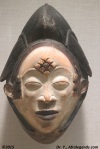

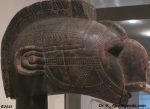



















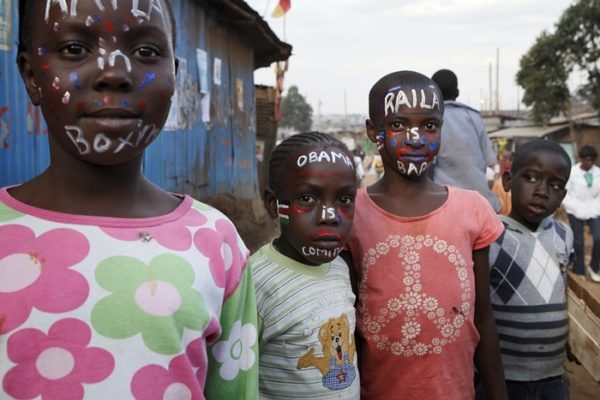
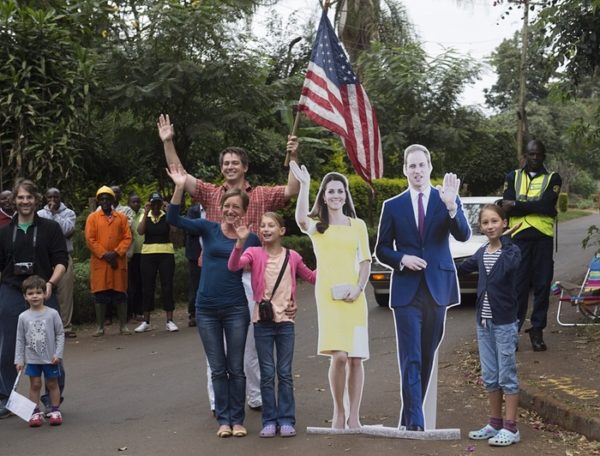




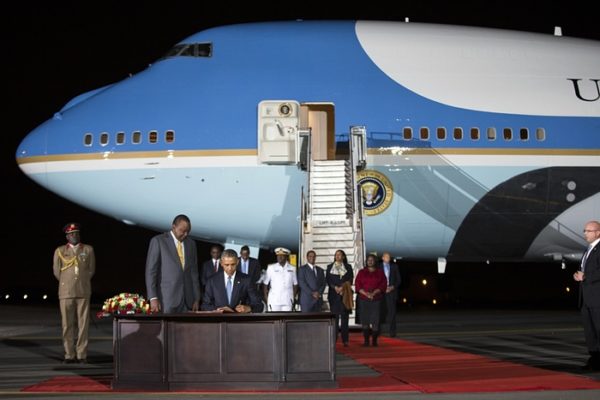


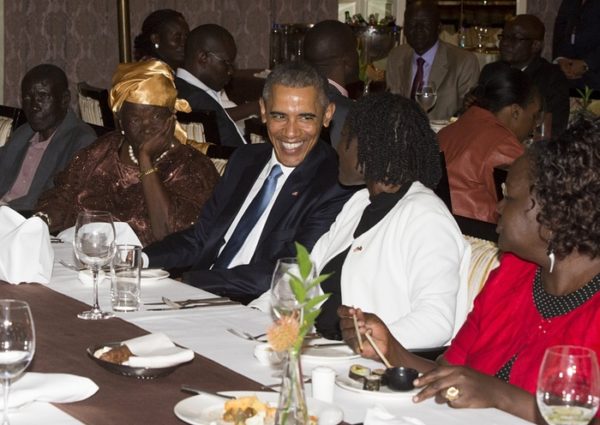


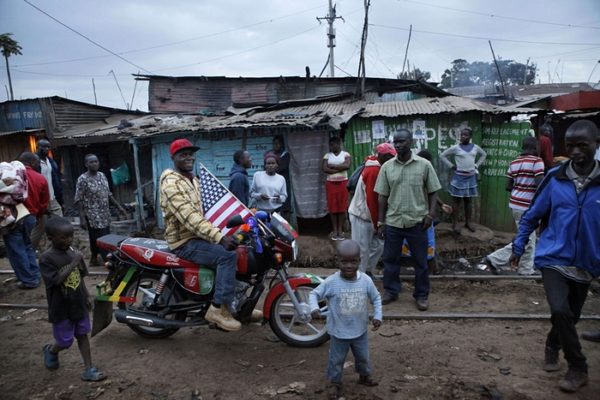
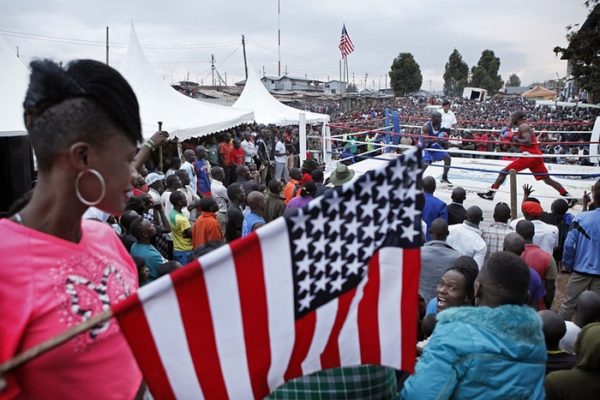
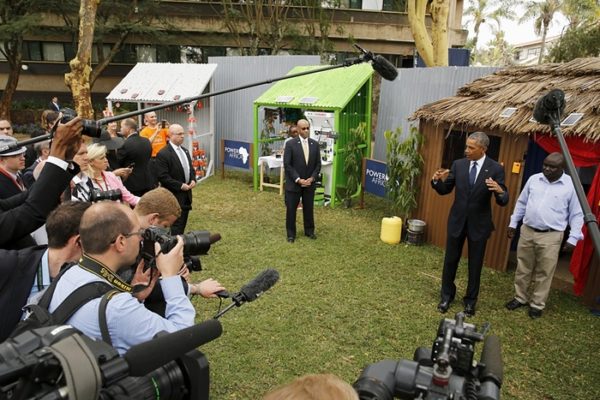


 All glory be to God!
All glory be to God!
at 5:08 am
Your comment is awaiting moderation.